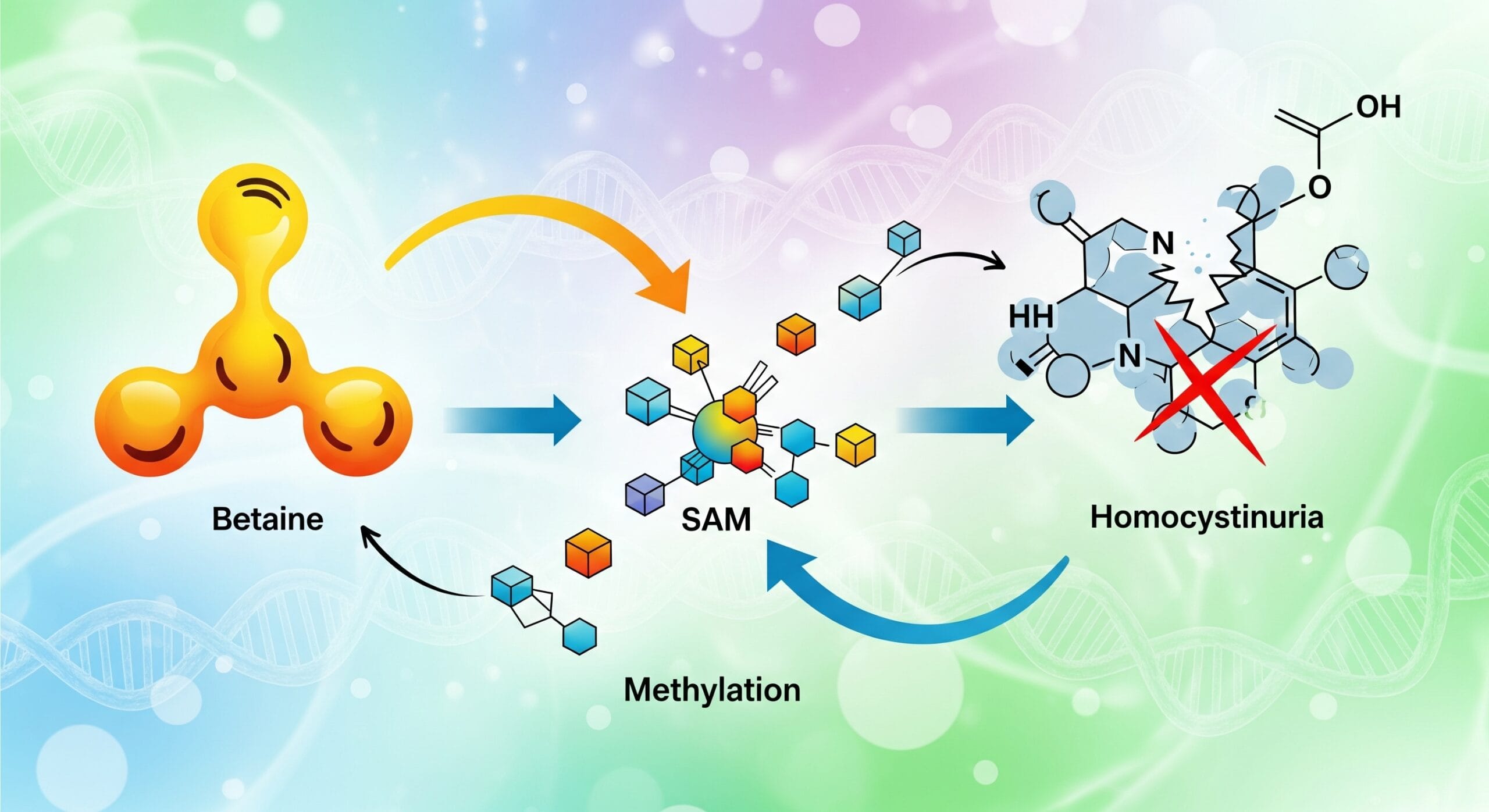What Is Vitiligo?
Vitiligo is a condition in which white patches develop on the skin. Vitiligo is caused by a loss of pigment in the skin, due to destruction of pigment-forming cells called melanocytes. The exact cause of the destruction of these cells is not known. One possible explanation might be that the body’s immune system destroys the cells, as in other autoimmune conditions. There is no known way to prevent or cure vitiligo. However, several methods can be used to improve the appearance of skin severely affected by vitiligo.
Research
Patients with vitiligo are shown to have elevated Homocysteine (Hcy). As MTHFR is one of the main enzymes that regulates Hcy metabolism, it is hypothesized by authors Chen et al (2014) that mutations to these genes could contribute to vitiligo development.
Vitiligo patients showed lower concentrations of MTHFR and therefore higher levels of Hcy when compared for controls.






